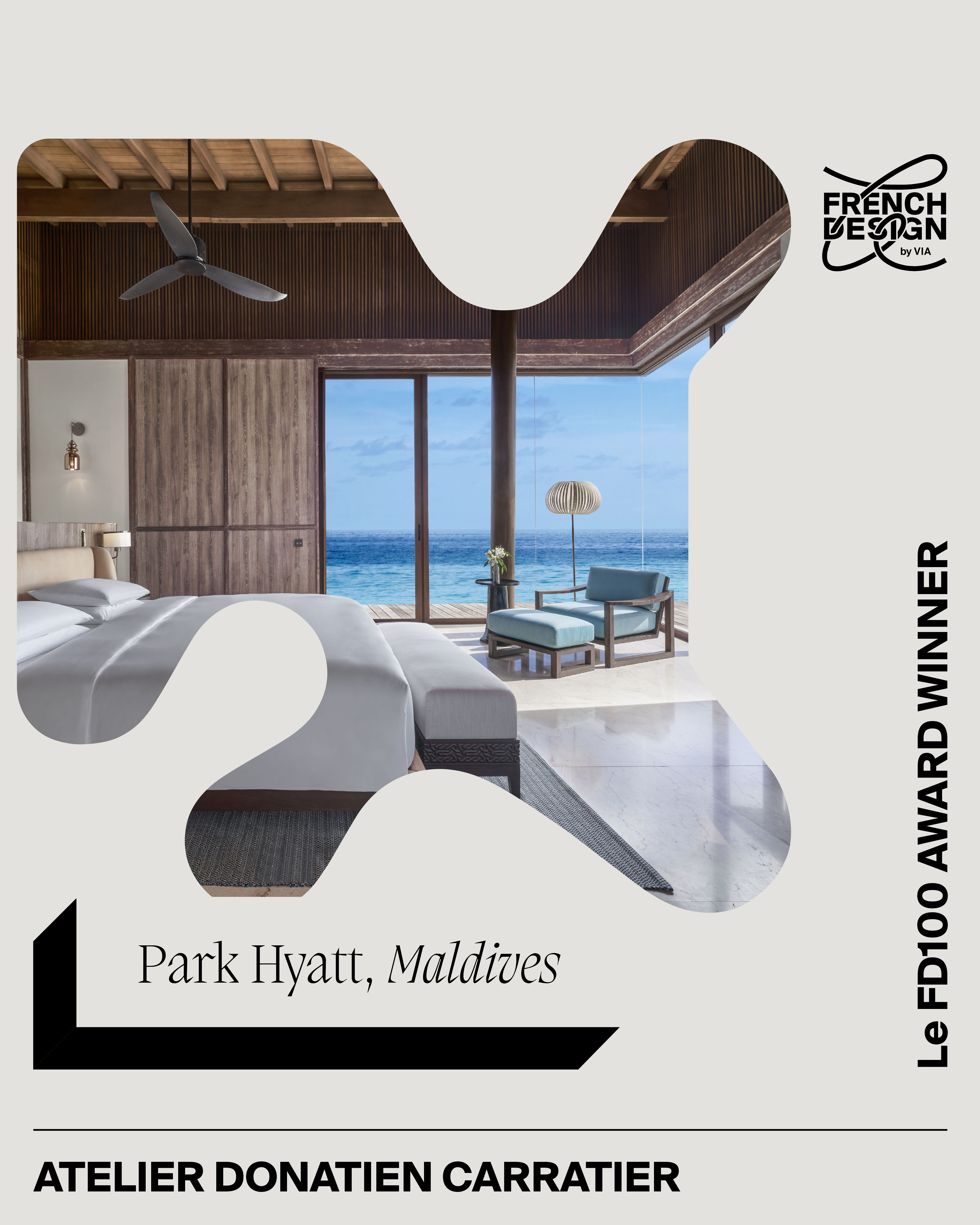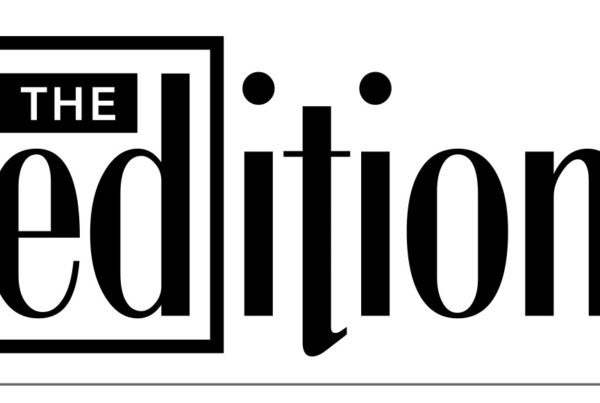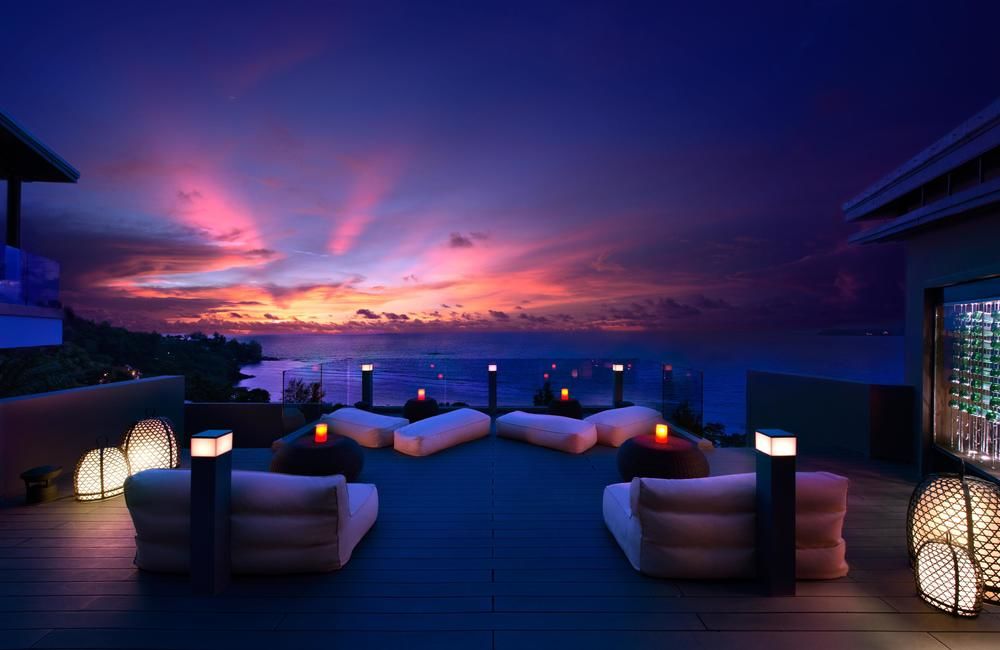By Thierry Conquet & Donatien Carratier, architectes d’intérieur – designers
Conseil français des architectes d’intérieur, European Council of Interior Architects
Lancé en 2020, le Nouveau Bauhaus européen est une initiative créative et interdisciplinaire qui relie le pacte vert européen à nos espaces de vie et d’expériences et nous invite à imaginer et à concevoir ensemble un avenir enrichissant, durable et inclusif. On pouvait se réjouir dans nos professions de création (architectes d’intérieur, designers, architectes…) de voir apparaître un tel langage – sous l’égide d’une « école » historique, qui plus est – si longtemps absent du discours européen. Mais dans les faits de quoi faut-il se réjouir le plus ? De voir émerger à travers le continent des projets très variés, censés imprégner notre avenir commun ? Ou de saisir enfin une chance, occasion d’éclairer et de partager ce qui fait le sens même des missions de l’architecte d’intérieur ?
Launched in 2020, the New European Bauhaus is a creative and interdisciplinary initiative that connects the European Green Pact to living spaces and experience and invites us to imagine and design a rewarding, sustainable and inclusive future. We were delighted to see such a language emerging in our creative professions (interior architects, designers, architects…) – and under the aegis of a historical “school” – absent of the European discourse for a long time. However, what can we be most pleased about? The emergence of a wide variety of projects across the continent that supposedly part of our common future? Or to finally seize an opportunity to shed light on and share the very meaning of the interior architect’s mission?
By Thierry Conquet & Donatien Carratier, architectes d’intérieur – designers
Conseil français des architectes d’intérieur, European Council of Interior Architects
Recréer l’espace pour un nouveau mode de vie : l’enjeu du New Bauhaus européen
Recreate space for a new way of life: the meaning of the New European Bauhaus «Le Nouveau Bauhaus européen associe
la grande vision du pacte vert pour l’Europe à des changements concrets sur le terrain. Des changements qui améliorent notre vie quotidienne et que tout un chacun peut percevoir non seulement dans les bâtiments et les espaces publics, mais aussi dans la mode ou l’ameublement. »
“The New European Bauhaus combines the important vision of the Green Pact for Europe with concrete changes that improve our daily life and that can be perceived by everyone not only in buildings and public spaces, but also in fashion and furnishing.” Ursula von der Leyen
Présidente de la Commission européenne
President of the European Commission
168 intramuros In The Air Tribune
F Un Nouveau Bauhaus européen : le bon chemin vers l’écoresponsabilité ?
Ursula von der Leyen utilise l’expression « pacte vert pour l’Europe ». On sait que la démarche écoresponsable, augmentée des contraintes environnementales de ce début du XXIe siècle, est un principe assumé dans le processus de création de l’architecte, du designer ou de l’architecte d’intérieur.
L’écoresponsabilité du concepteur est aujourd’hui naturellement reconnue comme faisant partie d’un enjeu global. De plus en plus de pays s’engagent à adopter des pratiques responsables au niveau national. Il s’agit finalement d’un courant de pensée devenu populaire, répandu dans toutes les strates de la société, plutôt qu’une rupture avec les pratiques passées.
Mais de quelle écoresponsabilité parlons-nous ?
Est-ce un but à atteindre ou un schéma de pensée structurant à intégrer ? Depuis plusieurs années, les professionnels sont conscients des répercussions de leurs choix sur l’environnement et sur l’usager. Ils intègrent en conséquence des pratiques écologiques dans leur pensée et dans leur méthode : situation géographique, climat, matériaux et matériels recyclés, circuits courts, optimisation de la lumière, réduction de la consommation d’énergie, promotion de l’éco-mobilité…
Habiter moins, mais mieux
L’écoresponsabilité en architecture intérieure, par exemple, prend en compte l’impact environnemental des choix de construction et d’aménagement dans la conception de l’espace. C’est un processus continu, intégré tout au long du projet. Les phases de programmation, de conception, de réalisation jusqu’à l’utilisation elle-même du lieu intègrent la démarche. Lorsqu’on parle de « rénovation », voire même de « réhabilitation », il est difficile de passer à côté, et même si cette tendance ne cesse de croître depuis plusieurs années, la démarche est structurelle dans l’acte de conception depuis toujours.
Par le simple fait que l’architecture intérieure consiste à « créer dans le créé », à concevoir l’espace à l’intérieur du cadre bâti pour un individu et dans un temps donné, c’est l’usage qui détermine le projet. N’est-ce pas là la vraie question ? Après avoir épuisé la notion de cadre de vie, une expression très, trop, utilisée depuis cinquante ans, ne doit-on pas parler aujourd’hui de mode de vie ? Habiter mieux : recréer notre espace vital, repenser nos territoires et nos trajectoires, notre calendrier,
notre horloge, notre santé, notre vie sociétale…
Au sein de la famille de la conception architecturale, l’architecte d’intérieur est le seul professionnel à avoir bénéficié d’une formation en arts appliqués. Sorte de médiateur entre architecture et design, il apporte cette identité créative qui prend en compte l’« usage » comme un paramètre incontournable dans la création de l’espace. Un des enjeux du Nouveau Bauhaus européen, c’est saisir la chance de créer l’espace pour un mode de vie transformé. Une « juste prestation », peut-être plus importante à promouvoir que l’écoresponsabilité elle-même.
E Is a New European Bauhaus moving towards greater eco-responsibility?
Ursula von der Leyen speaks of a “green pact for Europe”. We know that the eco-responsible approach, which includes the environmental constraints of the beginning of the 21st century, is an accepted principle in the creative process of the architect, designer or interior architect. The eco-responsibility of conceptors is now naturally recognized as part of a global issue. More and more countries are committed to adopting responsible practices at national level. It is in fact a current of thought that became popular, widespread in all layers of society, rather than a reversal of past practices. However, what kind of eco-responsibility are we talking about? Is it a goal to be reached or a structuring thought pattern to be integrated? For several years, professionals have been aware of the impact of their choices on the environment and on the user.
Consequently, they integrate ecological practices in their thinking and in their methods. Geographical location, climate, recycled materials, short circuits, light optimization, reduction of energy consumption, promotion of eco-mobility,… How to live less but better Eco-responsibility in interior architecture, for example, considers the environmental impact of building and layout choices in the conception of space. It is an ongoing process, integrated throughout the project. Stages of programming, design, realization up to the use of the place itself integrate the approach. When we talk about “renovation”, or even “rehabilitation”, it is difficult to miss, and even if this trend has been growing for several years, the approach has always been structural in the act of conception.
Since interior architecture is about “creating in the created”, or conceiving the space within the built environment for an individual and in a given time, it is the use that determines the project. Isn’t that the point? After using up the notion of living environment, an expression that has been overused for the last 50 years, shouldn’t we now speak of way of life?
Living better: recreating our living space, rethinking our territories and our trajectories, our calendar, our time management, our health, our societal life…
Within the family of architectural design, interior architecture is the only discipline that can rely on training in applied arts. As a sort of mediator between architecture and design, the interior architect brings this creative identity that considers “use” as an essential parameter in the creation of space. One of the challenges of the New European Bauhaus is to seize the opportunity to create space for a different way of life. A “fair performance” would perhaps be more important to promote than eco-responsibility itself.
By Thierry Conquet & Donatien Carratier, architectes d’intérieur – designers
Conseil français des architectes d’intérieur, European Council of Interior Architects




